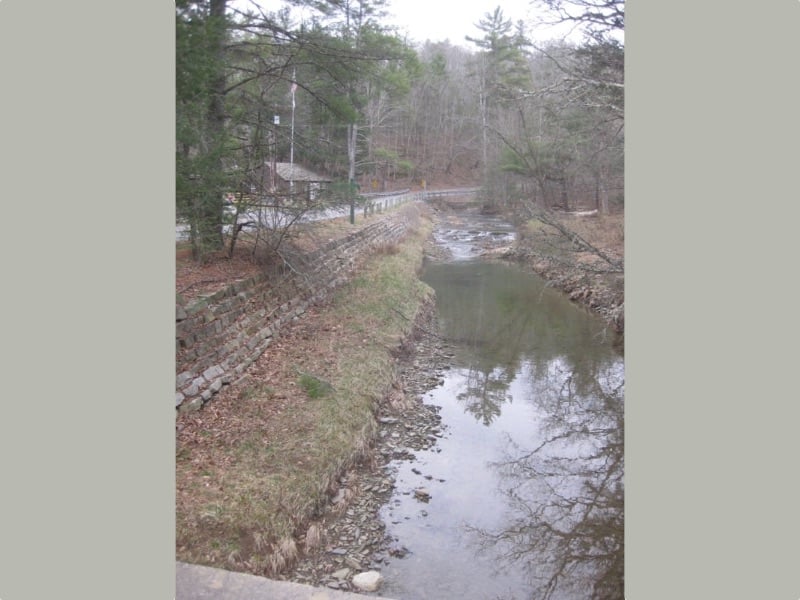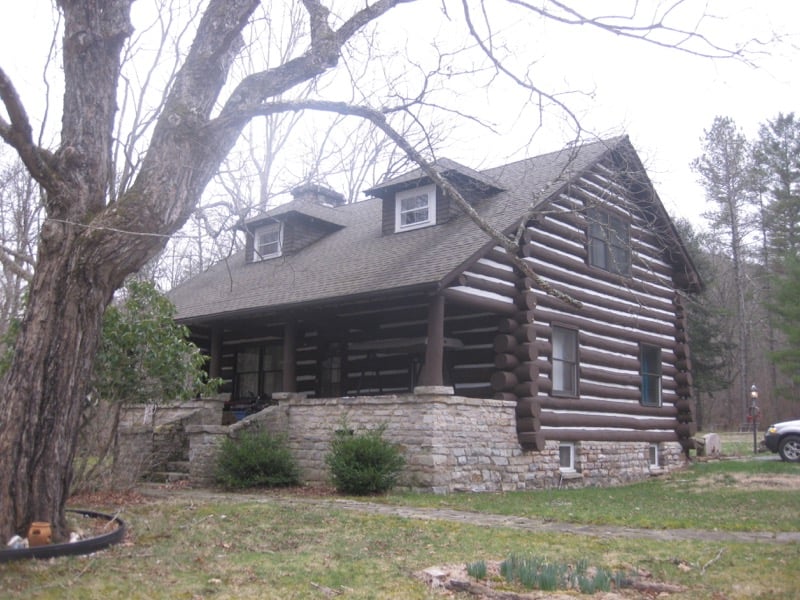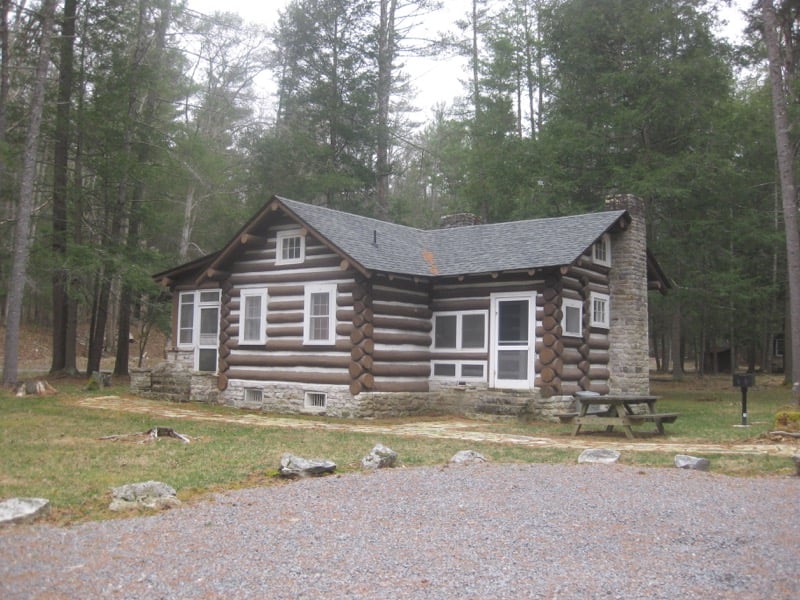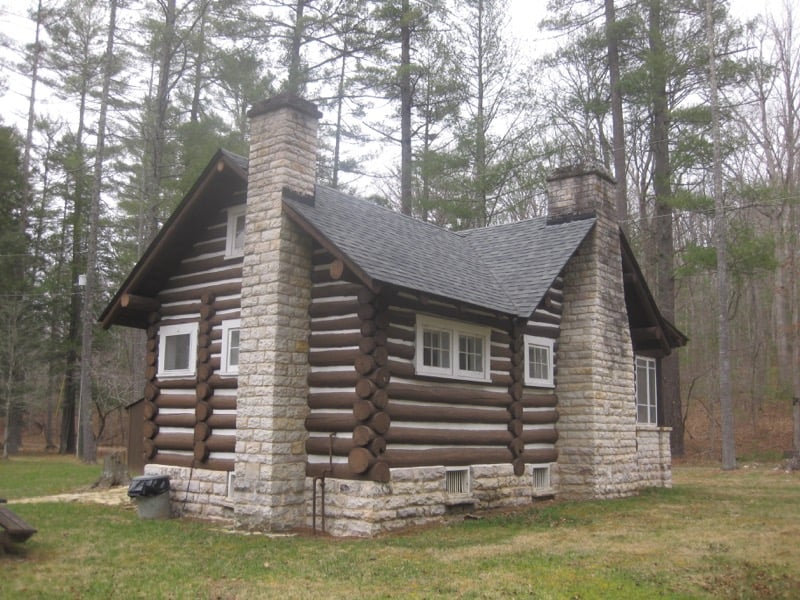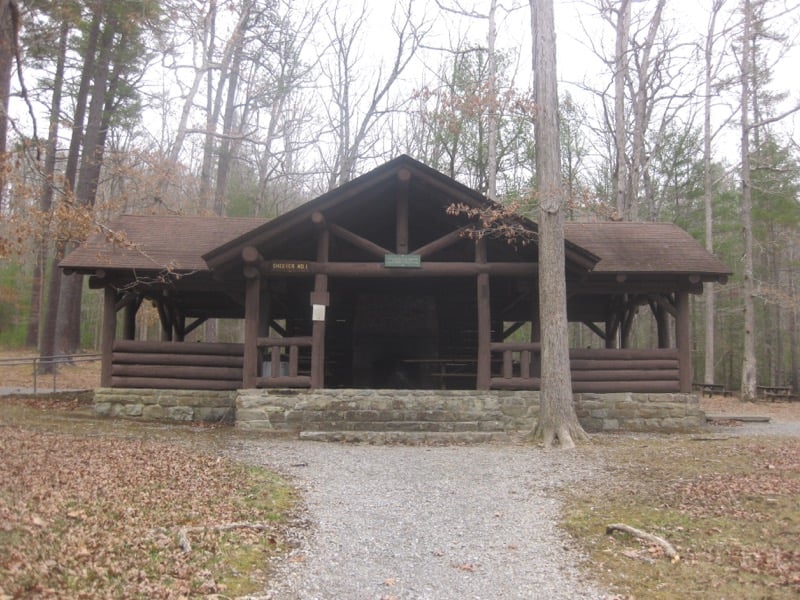New Deal Resources in Greenbrier State Forest Historic District
In the early twentieth century the state of West Virginia began to plan for the establishment of state forests. The first state forest, Seneca State Forest was established in 1924 prior to the establishment of a State Forest and Park Commission in 1927, that was charged to assess potential sites for state forests and parks. Like others, the Greenbrier State Forest was established during the Great Depression with assistance from federal New Deal programs.
As part of the New Deal, President Franklin Delano Roosevelt combined the creation of jobs to spur the economy with programs to invest in public infrastructure across the nation. One focus of these programs was to create parks and recreation resources for the public. While the Civilian Conservation Corps (CCC), created in 1933, had an express mission to address flood control, prevent soil erosion, manage forestry, and other broad environmental policies, it also worked to create public recreational assets. The CCC's efforts in Greenbrier State Forest addressed both environmental and tourism goals.
One CCC camp worked at Greenbrier, Camp White Sulphur Springs (P/S-67) from 1935 to 1937 and again from 1938 to 1941. CCC work on the site addressed recreational and conservation values including the construction of cabins and picnic areas and the creation of infrastructure to house forestry operations as well as conservation such as fire management. The CCC provided job training, employment, and income to participants during the Great Depression. Their work at Greenbrier and elsewhere created public infrastructure serving the public during the Depression and continuing to this day.
Greenbrier's rustic style resources including the cabins, picnic shelters, and superintendent's residence are excellent examples of rustic "parkitecture." Many structures conform to published designs by the Conservation Commission of West Virginia Division of Forestry and the CCC. Greenbrier State Forest's overall landscape plan has roads and trails that are sympathetic to the topography in the forest. Placement of recreation resources in tight clusters tucked in wooded areas and using rough natural materials allowed buildings and structures to be unobtrusive and not detract from their natural setting and appearance, providing visual harmony.
New Deal Resources in Greenbrier State Forest Historic District was nominated under the New Deal Resources in West Virginia State Parks and Forests Multiple Property Listing by Lena Sweeten McDonald. The nomination was prepared by Hanbury Preservation Consulting and the district was listed on the National Register in August 2019. A copy of the nomination can be found here.

